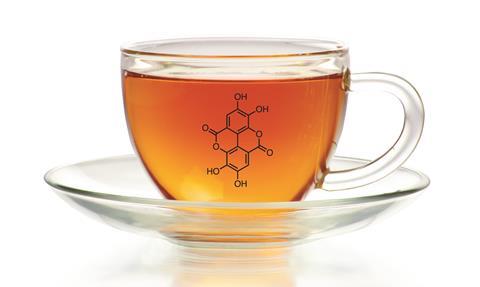Tea enthusiasts often revel in the artistry of brewing the perfect cup, but behind every delightful sip lies a world of intricate chemistry and precise brewing techniques. In this article, we’ll delve into the fascinating realm of tea science, unraveling the chemical compounds that contribute to flavor, aroma, and color, as well as exploring the science behind brewing methods.
At its core, tea is a botanical infusion made from the leaves of the Camellia sinensis plant. These leaves are packed with a diverse array of chemical compounds, each playing a crucial role in determining the characteristics of the final brew. One of the most well-known groups of compounds found in tea leaves is polyphenols, which include catechins, flavonoids, and tannins. These polyphenols not only give tea its distinctive flavor and astringency but also possess antioxidant properties that contribute to its health benefits.
Another important group of compounds found in tea is caffeine and its analogs, such as theobromine and theophylline. These methylxanthines act as stimulants, providing the characteristic boost of energy that many tea drinkers crave. However, the caffeine content in tea can vary depending on factors such as tea type, processing method, and brewing time.
The flavor and aroma of tea are also influenced by volatile organic compounds, which are responsible for the diverse range of sensory experiences associated with different tea varieties. For example, the floral notes of jasmine tea and the grassy undertones of green tea are the result of specific aroma compounds present in the leaves.
When it comes to brewing the perfect cup of tea, understanding the principles of tea chemistry is essential. The process of tea brewing involves the extraction of soluble compounds from the tea leaves, including polyphenols, caffeine, and flavor compounds. This extraction is influenced by several factors, including water temperature, brewing time, and tea-to-water ratio.
Water temperature plays a critical role in tea brewing, as it affects the rate of extraction of different compounds from the tea leaves. For example, brewing green tea at too high a temperature can result in a bitter brew, as it may cause the release of excessive amounts of catechins. Conversely, brewing black tea at too low a temperature may lead to a weak and insipid cup, as it may not fully extract the desired flavors and aromas.
Brewing time is another crucial factor to consider, as it determines the extent to which the tea leaves are infused into the water. Shorter brewing times are typically recommended for delicate teas such as green and white teas, while longer brewing times are suitable for robust teas like black and oolong.
Finally, the tea-to-water ratio also plays a role in determining the strength and flavor profile of the final brew. A higher tea-to-water ratio will result in a stronger and more concentrated infusion, while a lower ratio will produce a milder brew.
In conclusion, the science of tea encompasses a rich tapestry of chemical compounds and brewing techniques, all working together to create the perfect cup. By understanding the principles of tea chemistry and mastering the art of brewing, tea enthusiasts can unlock a world of flavors and aromas that tantalize the senses and elevate the tea-drinking experience.
So, the next time you savor a cup of your favorite brew, take a moment to appreciate the intricate science behind its creation—and perhaps experiment with your brewing methods to discover new depths of flavor and complexity. After all, tea is not just a beverage; it’s a journey of discovery and delight for the senses.

